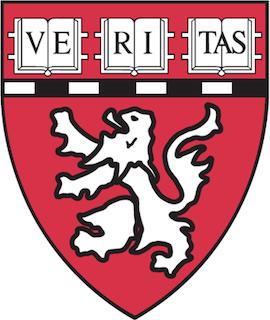
David Van Vactor, Ph.D.
David Van Vactor, Ph.D. is a Professor of Cell Biology in the Blavatnik Institute at Harvard Medical School (HMS) and a member of the Program in Neuroscience and the DFCI/Harvard Cancer Center. He is the Faculty Director of the HMS Curriculum Fellows program and Director/PI of Harvard’s Molecular, Cellular and Developmental Dynamics (MCD2) T32 PhD training program. He is also a Visiting Professor at the Okinawa Institute of Science and Technology (OIST) Graduate University in Japan. Dr. Van Vactor received his B.A. in Behavioral Biology at the Johns Hopkins University and his Ph.D. from the Department of Biological Chemistry at the University of California, Los Angeles (UCLA), before post-doctoral research at the University of California, Berkeley.
The Van Vactor Lab is focused on understanding the development, maintenance and plasticity of neuromuscular connectivity in the model organism Drosophila. The coordinated morphogenesis of the synapse, fundamental unit of cell-cell communication in neural networks, requires many layers of regulatory mechanisms. Genome-wide enhancer/suppressor screens to define the molecular machinery controlling neuromuscular junction development (NMJ) led us to multiple translational regulators, including a number of microRNA (miR) genes. Because the fly NMJ has served so well for genetic analysis of synapse development and function in many labs, we have a sophisticated knowledge of underling pathways and gene networks, thus making this a system particularly well suited to explore upstream regulatory logic. Using conditional genetic tools to manipulate the function of conserved miRs and their target genes, we have identified several novel regulatory pathways. In addition, through a close and long-term collaboration with the Artavanis-Tsakonas Lab, we have worked to better understand developmental and age-dependent degeneration of the neuromuscular system using a variety of models for human disease in Drosophila.
Harvard Medical School
Dept. of Cell Biology, LHRRB 314
240 Longwood Avenue
Boston, MA 02115
Neural Dev
View full abstract on Pubmed
PLoS One
View full abstract on Pubmed
Neuron
View full abstract on Pubmed
Curr Opin Neurobiol
View full abstract on Pubmed
Curr Biol
View full abstract on Pubmed
Curr Biol
View full abstract on Pubmed
Neuron
View full abstract on Pubmed
